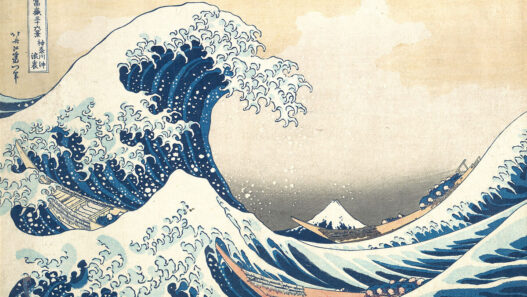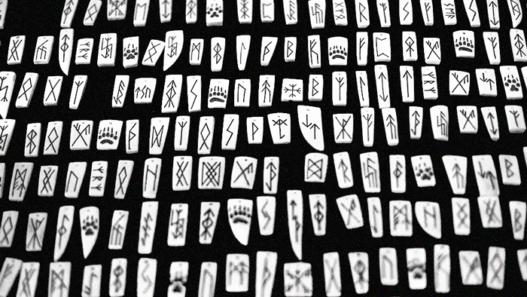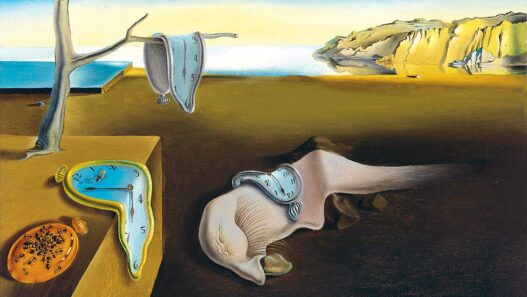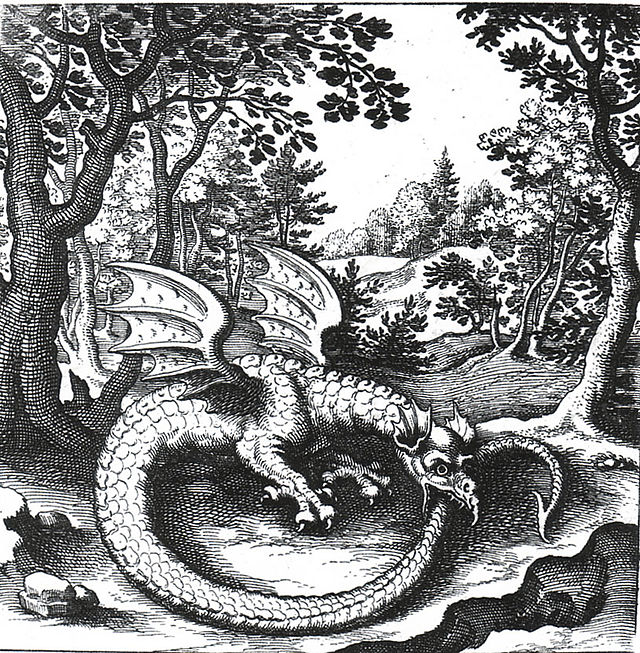The Symbolism and Mythology of Ouroboros is captured in a serpent devouring its own tail, has slithered through history’s most sacred texts, mystical systems, and scientific theories. Everyone from alchemists to theologians has tried to claim it, but none can explain it fully.
Is it about eternity, ego, God or just survival? In this post, we will not only explore the serpent’s religious shadows and mythological roots, but its surreal and strange hold on human imagination.
"For when we fail to see that our life is change, we set ourselves against ourselves and become like Ouroboros, the misguided snake, who tries to eat his own tail," says Alan Watts
Mythological Origin
The oldest surviving Ouroboros appears in Tutankhamun’s tomb (14th c. BCE) inside The Enigmatic Book of the Netherworld. Two serpents called Mehen coil round a unified Ra-Osiris figure, guarding both dawn and dusk.
In Norse mythology, the Ouroboros takes the form of Jörmungandr, the mighty serpent born to Loki and the giantess Angrboda. It grew so immense that it could wrap itself around the entire world, biting its own tail to complete the circle.
Greek magicians adopted the emblem, and Gnostic texts called it “the dragon that surrounds the world,” linking it to the soul’s endless journey.
Medieval alchemists, craving a symbol of perpetual transformation, drew a black-and-white Ouroboros around the words hen to pan (“all is one”). The circle promised that what is destroyed will be reborn
The Ouroboros Symbol
Serpent or dragon devouring its own tail? Why is this one of the most enduring symbols of eternity, cyclical time, and transformation?
Though the name Ouroboros is Greek in origin, the symbol predates Hellenistic culture by over a millennium.
The word Hellenistic comes from a root meaning “Greek-like,” and it describes an era when Greek language, art, and ideas blended with the traditions of the Near East, creating a rich cross-cultural exchange that defined the period.
In other cultures, the earliest known depictions appear in ancient Egyptian tombs dating back to the 13th and 14th centuries BCE, particularly in texts like the Enigmatic Book of the Netherworld.
Read Enigmatic Book of the Netherworld
In both ancient Egyptian and Greek symbolism, the Ouroboros was deeply spiritual. It illustrated the unity of opposites life and death, beginning and end.
For Gnostics and alchemists, the Ouroboros conveyed a profound message: nothing truly dies, it only changes form. This concept became central to alchemy’s Magnum Opus, representing the transformation of base matter into spiritual or literal gold.
The Ouroboros in Modern Science
The Ouroboros didn’t just fade into myth. In the 19th century, German chemist August Kekulé famously dreamt of a snake eating its own tail, which led him to conceptualise the circular structure of the benzene ring. This revelation shows how the Ouroboros symbol bridges ancient wisdom and modern science, influencing disciplines as diverse as chemistry, philosophy, and psychology.
Ouroboros in the Bible
Although the word Ouroboros never appears in Scripture, similar imagery slips in at the edges. Leviathan: Jewish mystics describe this sea-monster as “twisting around the world with its tail in its mouth,” an unmistakable echo of the Ouroboros motif. Isaiah 27:1 speaks of a “dragon of the sea” felled at the end of days—again hinting at a cosmic serpent.
Early Christian writers used the circle-serpent to illustrate Christ’s victory over time: Alpha and Omega in a single curve.
Scholars interpret the Ouroboros through a variety of powerful lenses. As a symbol of eternity and infinity, it represents a line with no beginning or end. It also embodies the unity of opposites—where creation and destruction are bound together in a single form. The Ouroboros invites self-reflection, as it consumes itself in a gesture that urges inner transformation and renewal. On a broader scale, it echoes the rhythms of cosmic cycles, mirroring the rise, fall, and return of seasons, celestial bodies, and even economic systems
What the Ouroboros Stands For
The Ouroboros carries layered meanings that span cultures and disciplines. At its core, it represents the concept of eternal return—the idea that nothing ever truly ends but merely transforms. It symbolises wholeness, enclosing all that exists within a single, unified circle. In ancient Egyptian belief, the serpent Mehen served as a protector, eternally guarding the sun god and pharaoh. In alchemy, the Ouroboros illustrates the Magnum Opus, the sacred process through which base matter dies, regenerates, and is reborn as gold.
Artwork Spotlight
One of the most visually striking examples of ancient symbolism appears in Tutankhamun’s shrine, where the Ouroboros encircles Ra-Osiris in a powerful composition. This image is taken from the Enigmatic Book of the Netherworld, a funerary text designed to guide the king through the afterlife.
In the artwork, two golden serpents frame the king’s mummified body—one positioned above the crown of his head, and the other at his feet. Together, they form a vertical infinity loop, a divine variation of the Ouroboros. This visual device isn’t just decorative; it communicates a deep spiritual message.
Symbolism in Composition
The use of gold leaf in this artwork is no coincidence. In ancient Egyptian art, gold symbolised the divine and the eternal. These shimmering serpents aren’t mere protectors—they are celestial guardians. The upper serpent represents dawn, the beginning of life and rebirth. The lower serpent embodies dusk, the final passage into death. Together, they bookend the eternal cycle of time.
Encirclement is a key feature of the Ouroboros in Tutankhamun’s shrine. It signifies that the pharaoh’s power is timeless—he is both the origin and the conclusion, the alpha and the omega. This single image encapsulates the entire Ouroboros philosophy: life protected and completed by its own inevitable death.
Why Does The Snake Eat Itself?
In rare cases, snakes in nature do bite their own tails due to confusion or stress. Yet the myth of the Ouroboros endures because it mirrors human experience. Every relationship, project, or empire eventually consumes the energy that gave it life. Ironically, it is that very collapse that sparks the next cycle.
The Ouroboros remains relevant because it tells us something timeless: transformation requires self-sacrifice, and within every ending lies the seed of a new beginning.




















